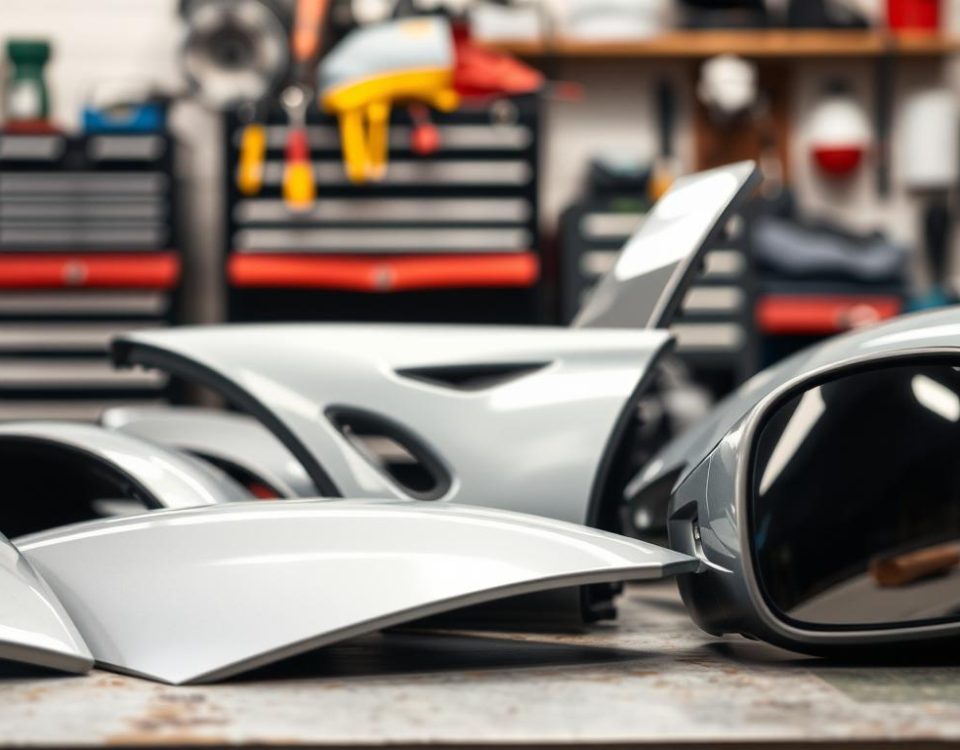- Auto Body Repair - Collision Center
- Leon Valley (210) 680-1987
- Walzem at IH 35 (210) 858-3630
- info@miraclebp.com
Common Reasons Why We Get A Flat Tire

Guiding Teens Behind the Wheels
 It is important to make sure your car brakes are working effectively throughout the entire lifetime of your vehicle. You can save more money and you’ll also feel more secure if you regularly check and replace your brake system when then the need arises. If your vehicle’s brakes are not functioning properly, it’s impossible to effectively and quickly stop in order to avoid a looming auto accident waiting on the road. If you are familiar with the warning signs of failing brakes, you can immediately do something about the situation. In order to avoid dealing with unfortunate brake problems, Miracle Body and Paint in San Antonio has listed down some easy steps you can do to maintain your brake’s optimal performance.
It is important to make sure your car brakes are working effectively throughout the entire lifetime of your vehicle. You can save more money and you’ll also feel more secure if you regularly check and replace your brake system when then the need arises. If your vehicle’s brakes are not functioning properly, it’s impossible to effectively and quickly stop in order to avoid a looming auto accident waiting on the road. If you are familiar with the warning signs of failing brakes, you can immediately do something about the situation. In order to avoid dealing with unfortunate brake problems, Miracle Body and Paint in San Antonio has listed down some easy steps you can do to maintain your brake’s optimal performance.
 Inspect the disk brakes regularly
Inspect the disk brakes regularly
Disc brakes or rotors must always be inspected regularly to see if they need to be replaced. Disc brakes and linings must be checked and monitored every 16,000 kilometers. But if you have already noticed something off, like when they begin to squeal, have it checked right away. Excessive rusting, uneven wear and scoring can all affect the disc brake’s performance.
Check the brake calliper and brake pads
Before anything else, make sure that the components are cool to touch before proceeding to the next step. When you have made sure that the mounting hardware is not damaged or worn, gently shake the calliper to see if it is still attached securely. Replace the brake pads as well if you think they are too thin already. If they are completely worn off with metal showing through, you must also replace or replace the disc itself.
 Always replace the brake fluid regularly
Always replace the brake fluid regularly
Keep in mind to change the brake fluid every two years. If you decided to do it yourself, make sure to buy a good quality brake fluid and completely remove the old brake fluid from the master cylinder reservoir. If possible, completely clean out the inside of the cylinder with a lint-free cloth. After that, pour the new brake fluid in and make sure you fill the cylinder up to the correct level.


